by Chad Sands as told to Allison Goldstein
“Fasting is just the way I am now. It’s how I live my life.”
Meet Chad
My name is Chad Sands, and I’m 58 years old. I live about 45 minutes outside of Boston with my wife, our two sons, and our four-month-old puppy, Sophie.
I’ve yo-yo dieted my whole life. I was taught what we’re all taught: graze all day, eat less and exercise more, count calories. With each diet I tried, I ate carbs, snack bars, whatever I was supposed to, but you only have so much willpower. It wasn’t sustainable, and I had the closet to prove it: pants in every size, from size 30 waist to size 40.
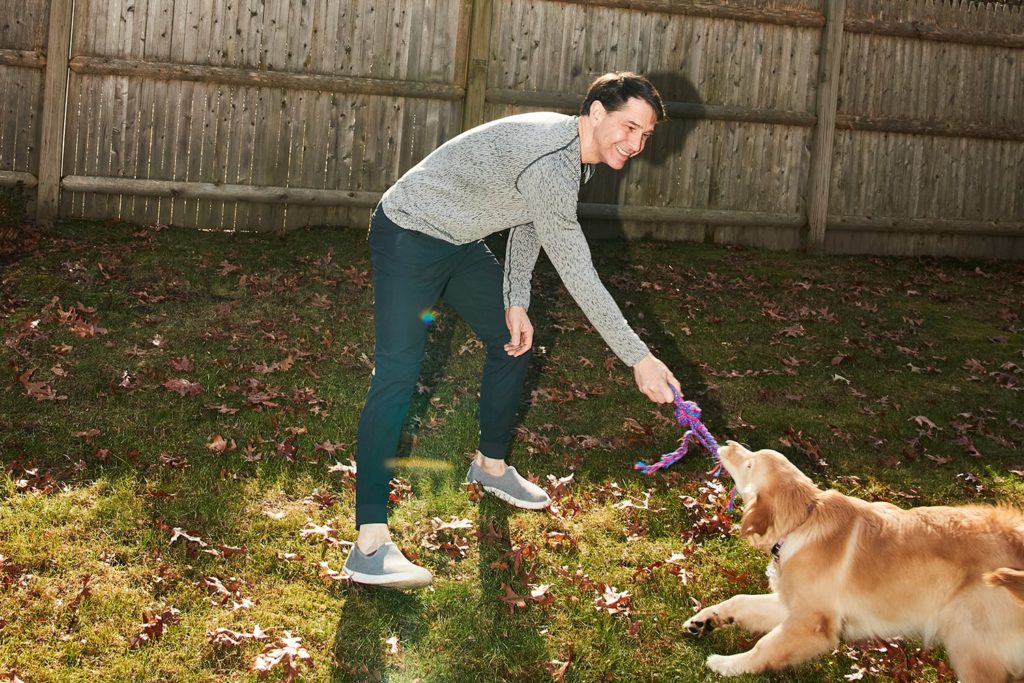
Genetics Is Not Destiny
My dad also struggled with his weight, which I saw when I was growing up. My mother tried to provide the right food, but this was back in the ’70s and ’80s — people just didn’t know any better. My dad died of cancer when I was a teenager. He was 58.
I’m 58 now, which means I’m approaching the age he was when he passed. Seeing my dad struggle with — and ultimately give in to — poor health was the catalyst I needed to make sustainable changes to my own health. I’m determined to do things differently and be there for my sons.
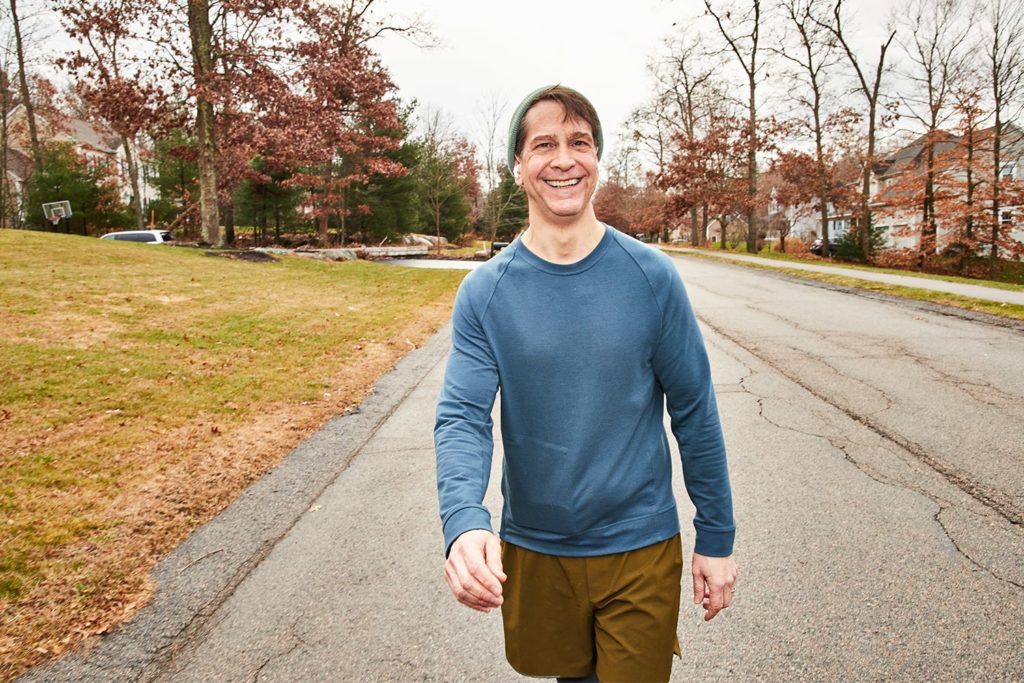
I was already dabbling in intermittent fasting, so I started by going down internet rabbit holes about food and nutrition. Then, one day, I was having a conversation with my eldest son about how there are good routines and bad routines, good habits and bad habits, and that’s when it clicked: it was all about turning healthy practices — fasting, good nutrition, and exercise — into daily habits.
Healthy Habits
Once Zero helped me turn intermittent fasting into a habit, I lost 60 pounds in six months, and I’ve kept the weight off for almost a year now.
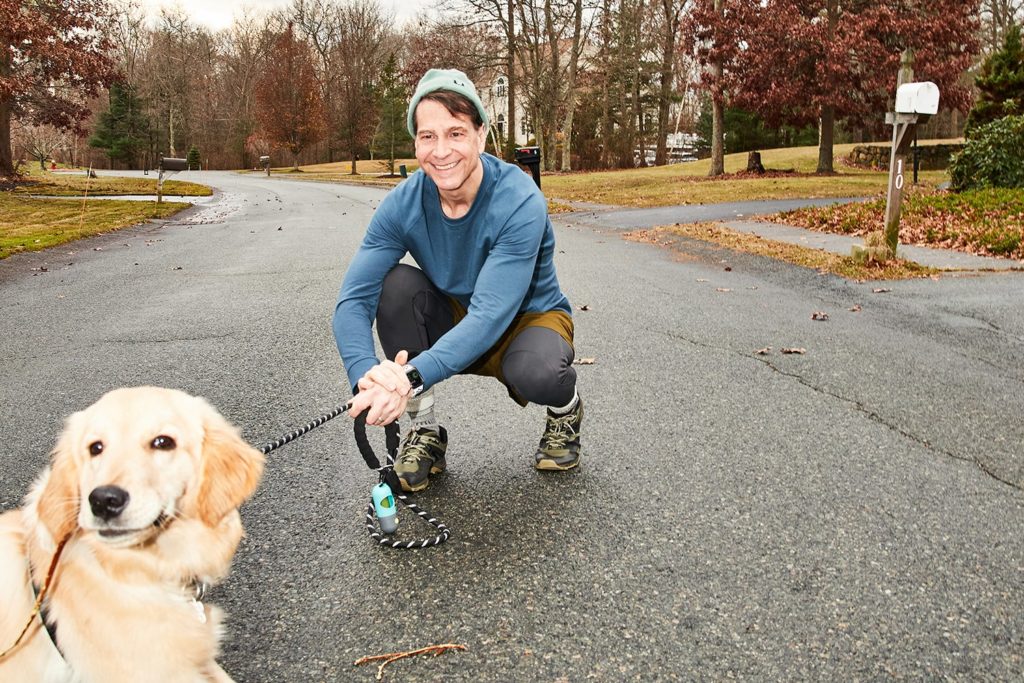
I start every morning with push-ups and a 30-minute walk with Sophie. Then, I make coffee with a little MCT oil, some grass-fed ghee, and some collagen mixed in. This style of fasting (called “dirty fasting” because of the fat calories from the MCT oil) is a great way to lose and manage weight because it promotes fat-burning and ketone production. Two cups will get me through 2 p.m., which is when I have my first meal. A pretty standard lunch for me is cottage cheese, chicken salad, and some blueberries — never anything out of a can or box.
Dinner will be whatever my lovely bride makes. We usually have some form of protein like steak, chicken, or fish, and a baked potato or rice. I don’t consume anything after 8 p.m., except maybe a cup of tea. Then, I fast until the next day.
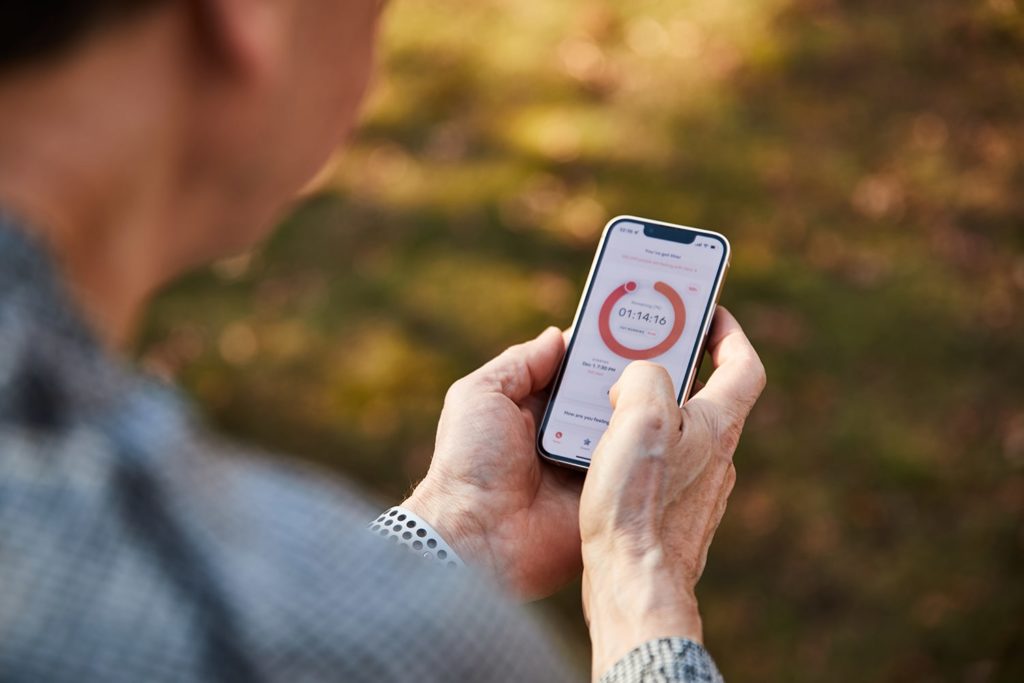
Zero has been a huge help with keeping me on track. I log my fasts every day — another good habit. I’ve also turned into a data-hungry person, and Zero helps me see what’s going on and why these health habits work the way they do. I never used to weigh myself because it was such a horrible experience, but now I weigh myself three times a week. It’s just data. It’s not emotional anymore, because I know what I’m doing is working.
Here’s how I exercise: I walk 12,000 steps a day, on average, including a walk first thing in the morning. I also do bodyweight exercises every day, including push-ups and squats.
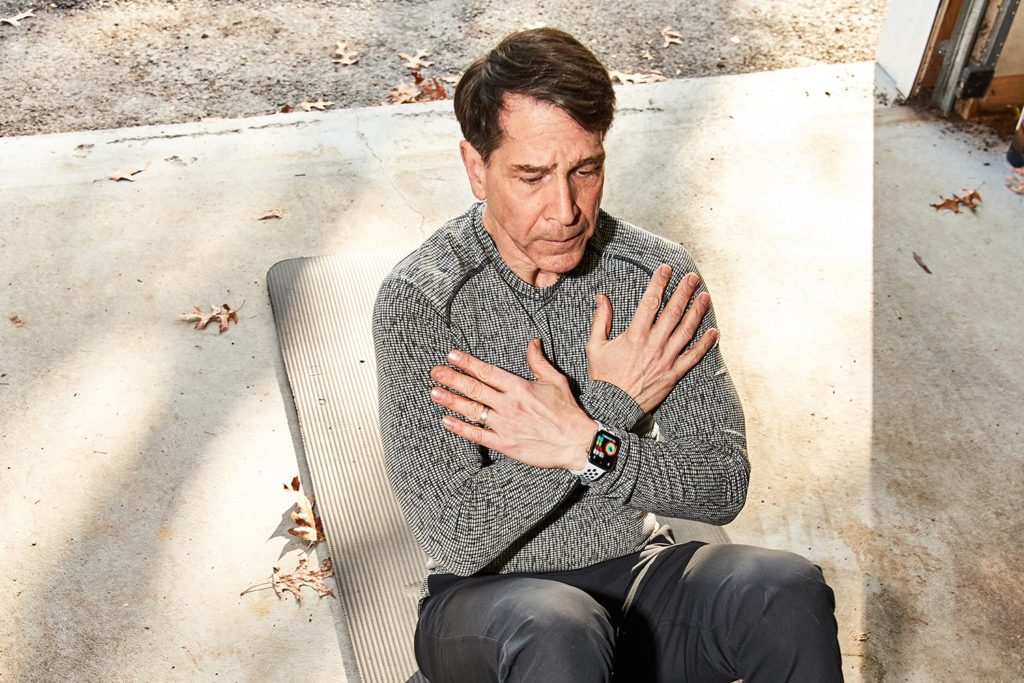
Here’s my favorite Fast Breaker: Eggs are my favorite, but a lot of the time I’m at work, so it’ll be whatever I packed for lunch. I always make sure my Fast Breaker is something healthy and unprocessed. That’s what makes me feel my best.
These three changes contributed the most to my weight loss success:
Change 1: Rejecting “genetic destiny.” I feel like a lot of people will look at their heavier parents and think, “oh, it’s in my DNA.” They use that as an excuse and give up. But it’s not all genetics. It’s what we eat and when we eat it.
Change 2: Making one hard choice instead of multiple hard choices. Before I found fasting, I was perpetually frustrated that I couldn’t keep my weight in check, and it was because I was constantly having to make choices throughout my day about what and when to eat. Fasting is a single choice that is simple to stick with. Eventually, it gets to a point where it’s automatic because you’ve made it into a habit. That’s what makes it sustainable.
Change 3: Developing healthy triggers. Back when I smoked, 22 years ago, the car was always a big trigger for me: if I got in the car, I had to have a cigarette. I wanted to do that for positive behaviors, so I thought, “What’s a better trigger than going to the bathroom?” Every day I wake up, go to the bathroom, and that’s my trigger to do push-ups.
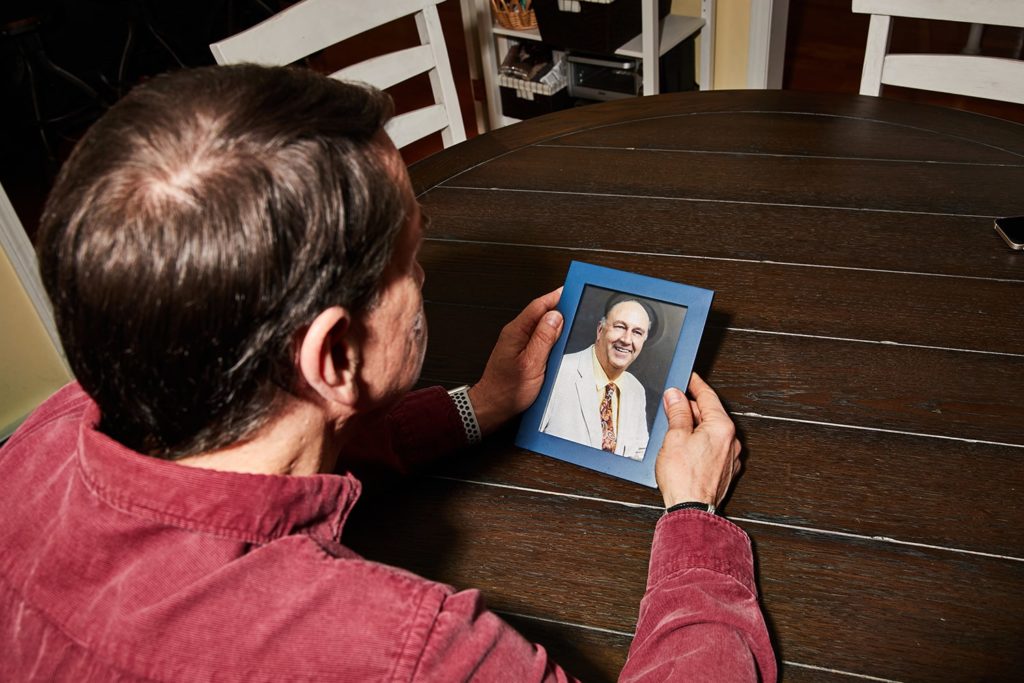
I keep a picture of my dad on my desk. I miss him dearly, and that photo is a reminder of what could happen if I start eating the wrong things at the wrong times. But I won’t, because fasting is just the way I am now. It’s how I live my life.
- The Complete Guide to Fat Burning - April 30, 2024
- Zero Live #4: 3 Ways to Boost Fat Burning - March 28, 2024
- Zero Live #3: Nutrition, Fast Breakers, and Fasting - March 11, 2024

